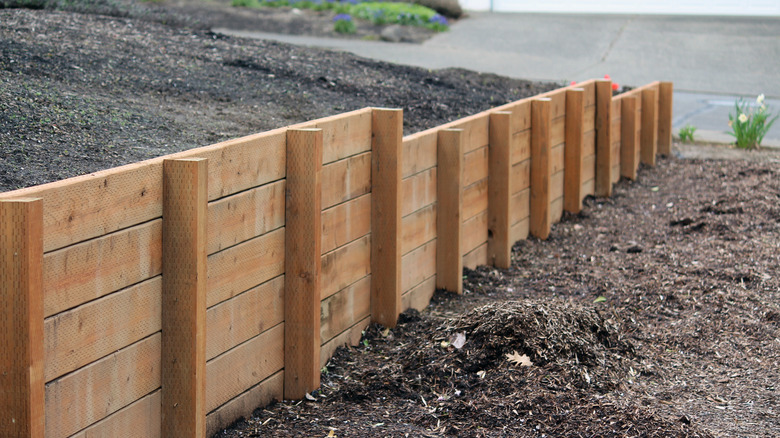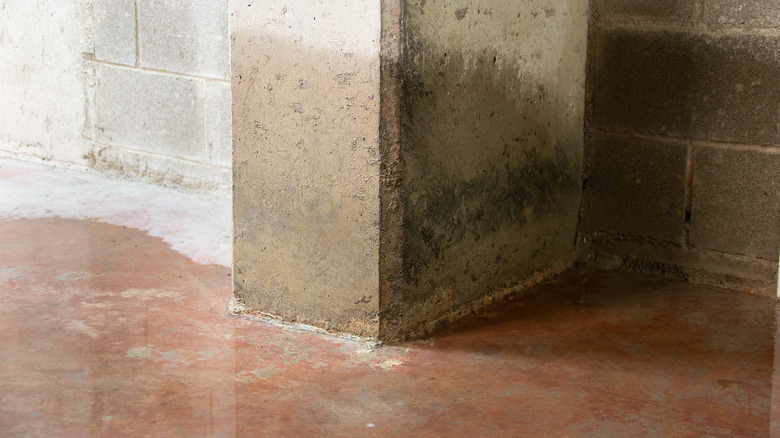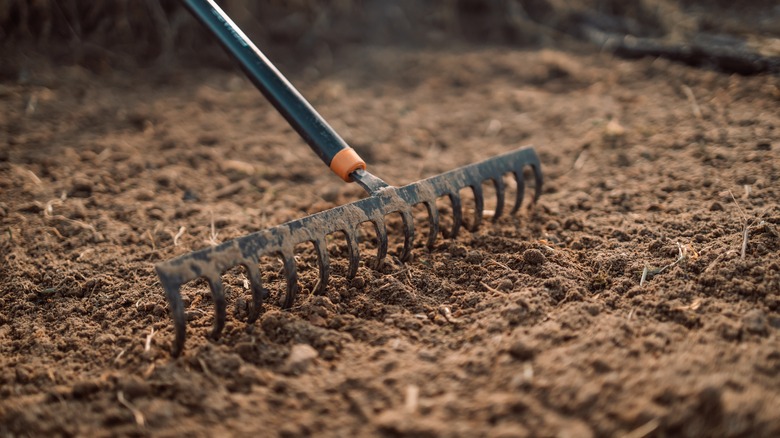How To Properly Grade Your Yard To Protect Your Foundation From Water Damage
A home with a shaky or weak foundation poses countless risks to its inhabitants. It is also a common reason houses incur a bad report during an inspection. A failing foundation can be caused by soil issues, the climate, or drainage problems. When soil compacts poorly, it is susceptible to erosion when there's too much water. Hydrostatic pressure can also be created due to the depth, which causes water to seep in and cause damage.
Some signs of water damage to look out for include water leaks in the basement, warped or leaning walls, uneven floors, and windows or doors that don't work properly anymore. Some more covert signs are musty smells in the home or stains on the walls. To address water damage, you should quickly fix any minor issues like leaky pipes and full gutters. If the main problem is the slope of your yard, however, grading it is a more serious way to address this. Here is a DIY guide on how to properly grade your yard and protect your home's foundation from water damage.
The effects of water damage on the foundation
Water damage is caused by too much water getting to the foundation through things like heavy rains, melting snow, or damaged pipework. When this water gathers and sits, it puts pressure on the foundation, which then leads to movement, cracks, and a weakening of the structure. It can take months or years, or even as little as three days, for a house's foundation to be destroyed from water damage. This is why it's important to grade your yard as soon as you notice any of these issues.
Grading a yard involves sloping the yard so that the water will flow away from the foundations rather than into them. Also known as soil grading, it involves adding a compost/soil mix to increase the soil around the perimeter of your house so you can slope it in a new direction. However, you also need to ensure there is a minimum of four inches of the foundation showing above the soil when doing the grading.
How to grade your yard
First, identify if your home is already on a slope and in what direction. If it is incorrectly sloped, you will notice puddles forming around the building. This means your yard will need to be graded in the other direction so excess water flows away from the property. When grading your yard, aim for a drop of 1 inch per foot away from the building.
To begin, identify the high and low points of the slope and where the water usually pools. Once you have identified these points, measure your run and rise. The run is a completely straight, horizontal line from the lowest point to the highest, while the rise is a vertical line that measures the difference between the low point and the highest. You can use wooden stakes to mark the correct levels then pile enough soil at the low points until they become level, then slowly smooth the dirt over to create the new slope.


